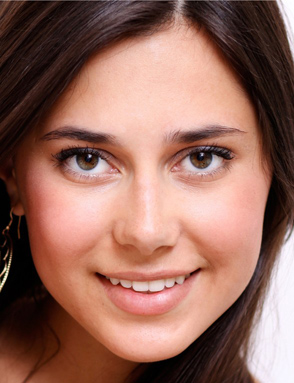Halftone Effect
The Halftone effect turns a photo into a halftone picture giving it a retro comic book look. The image is represented with dots in a specific pattern. This technique is widely used for creating outstanding designs and stylish posters and for screenprinting.
Adjust the effect's parameters:
Posterizing (0-30). The association of similarly colored pixels. At higher values of this parameter, fewer colors are used, and the image becomes more uniform and flat.
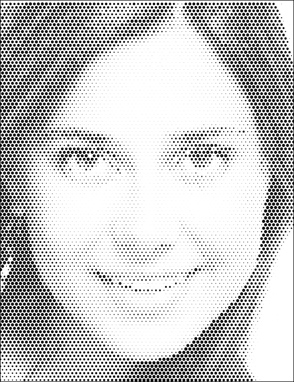
Posterizing = 5
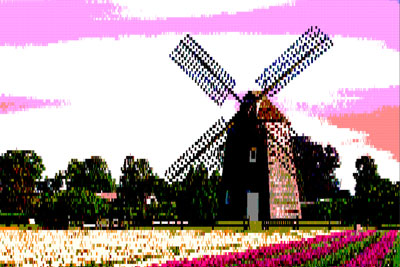
Posterizing = 30
Grid. Choose a layout chart of the elements of the regular grid:
Rectangular - the dots are located directly in the grid nodes, squaring up the image.
Triangular - three adjacent dots create a regular triangle.
Linear - the image is displayed in non-uniform lines.

Rectangular Grid

Triangular Grid
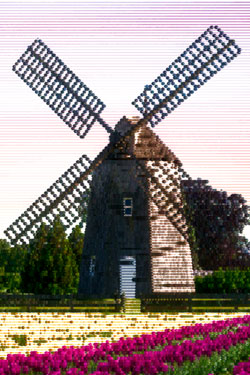
Linear Grid
Pattern. Select a shape of the elements: Circle, Square, Diamond, Horizontal Line, Vertical Line.
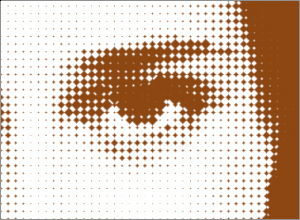
Diamond Shaped Pattern
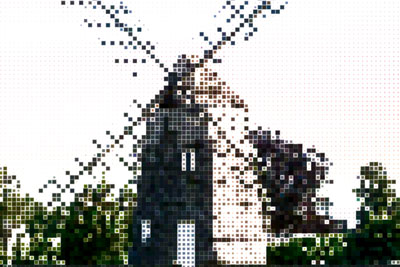
Square Shaped Pattern
Interval (5-100) is a space between the elements. The less the value of the parameter, the denser the dots are.
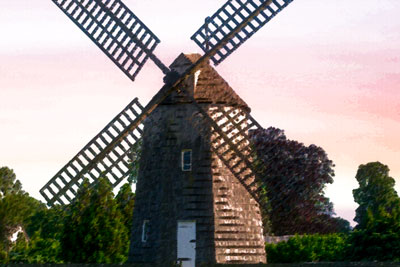
Interval = 12

Interval = 25
Size (1-100) changes a maximum size of a dot. It depends on the lightness of the source pixels: the dark dots are drawn in this size, the light dots are displayed with a smaller diameter. The large elements can merge into painted areas.

Size = 7

Size = 20
Brightness (0-100) defines the color intensity and opacity of the dots.

Brightness = 20

Brightness = 70
One Color. By default, the check-box is deactivated and the image is drawn with the colors of the original photo. When the check-box is activated, all dots are painted with the chosen color. Click the plate and choose a color from the Select Color dialog.
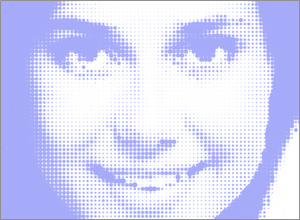
One Color Halftone

Full Color Halftone
